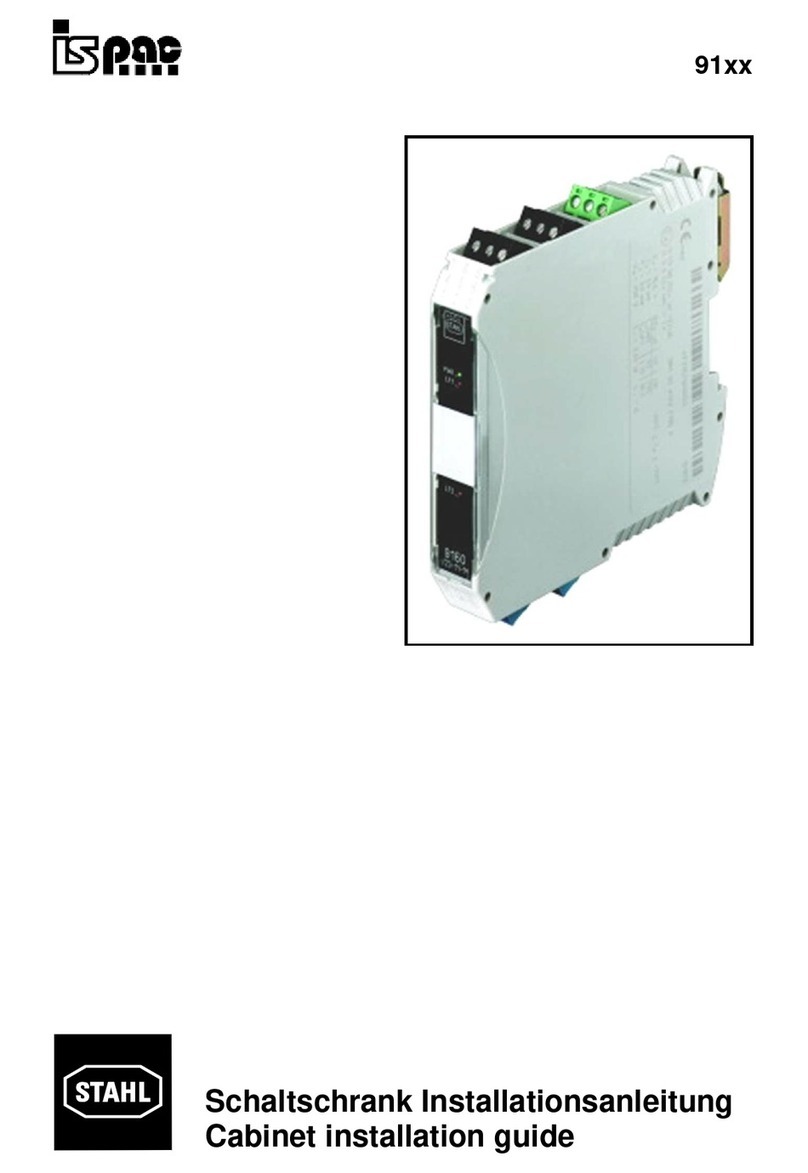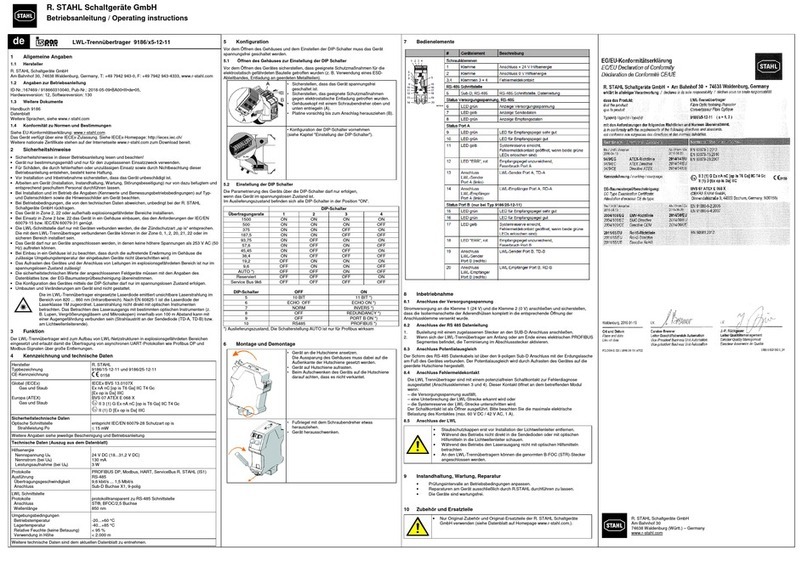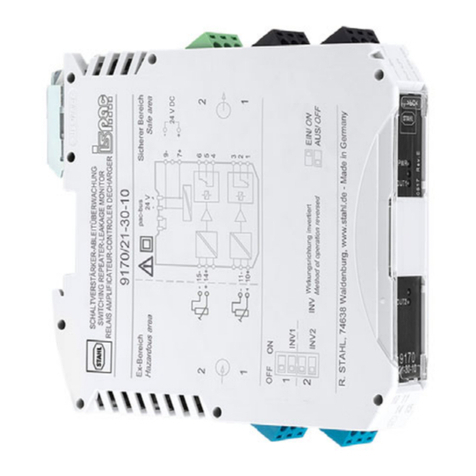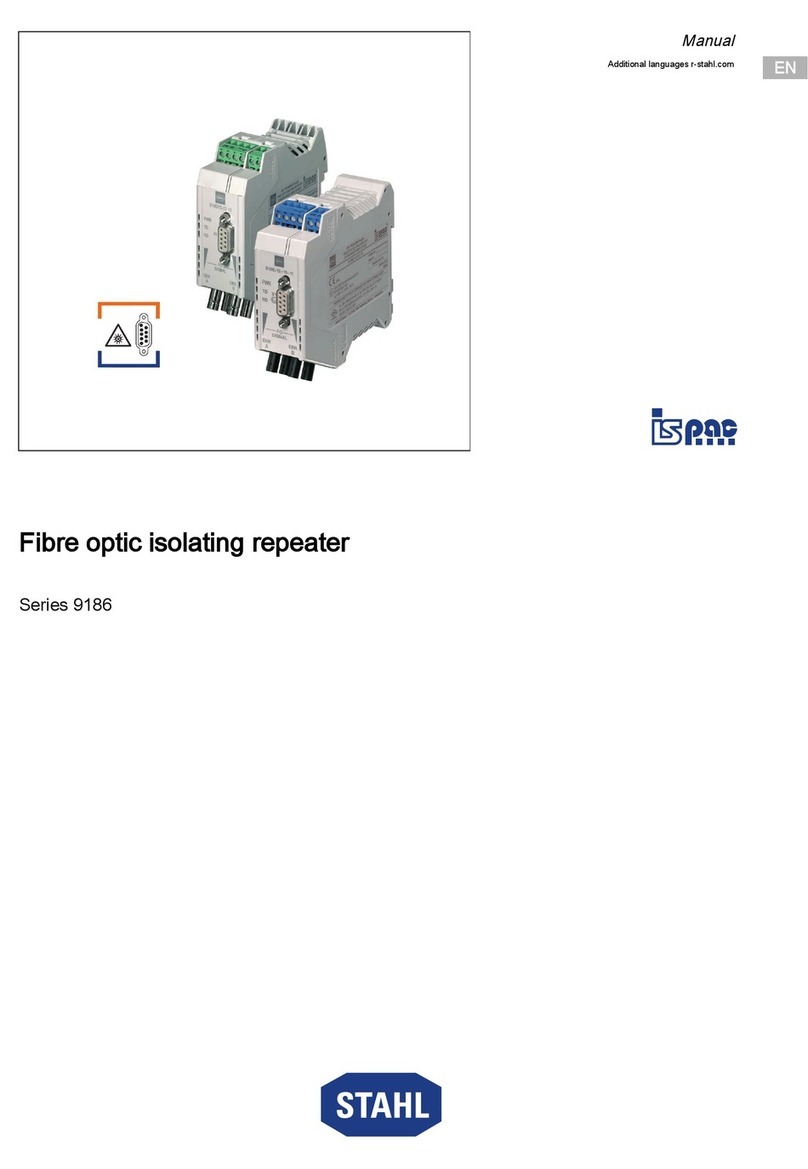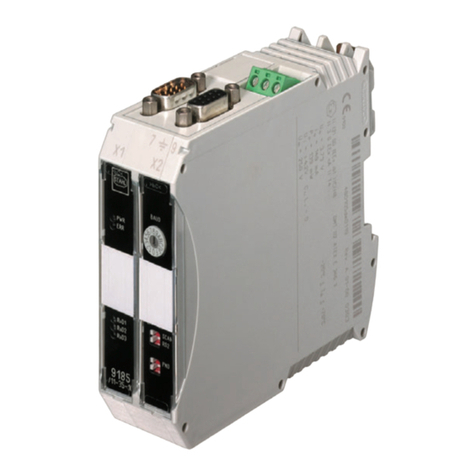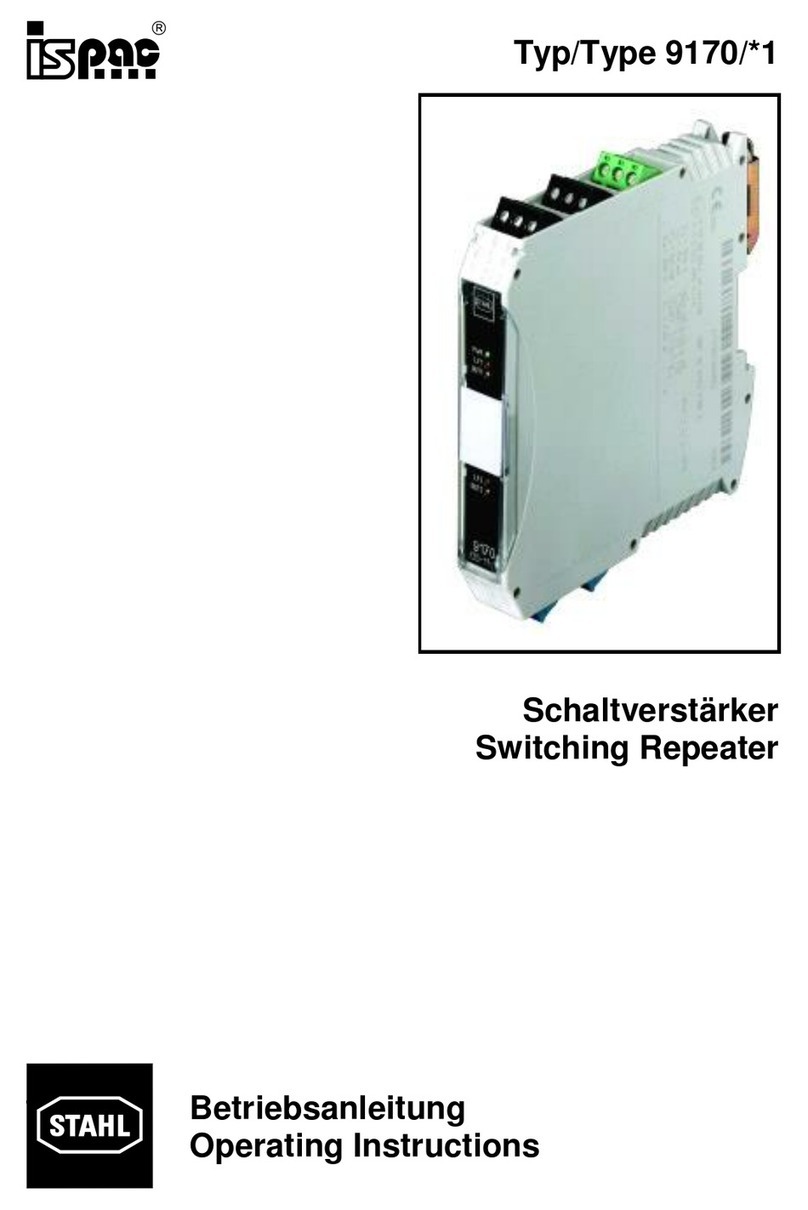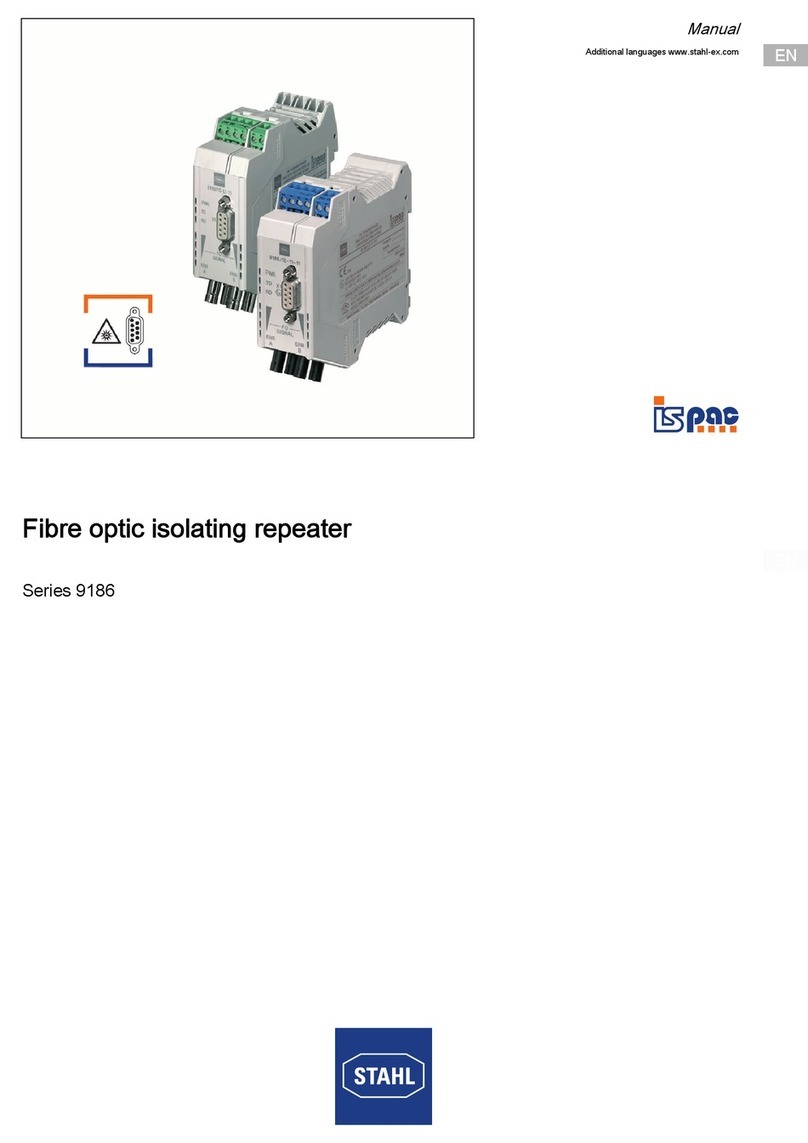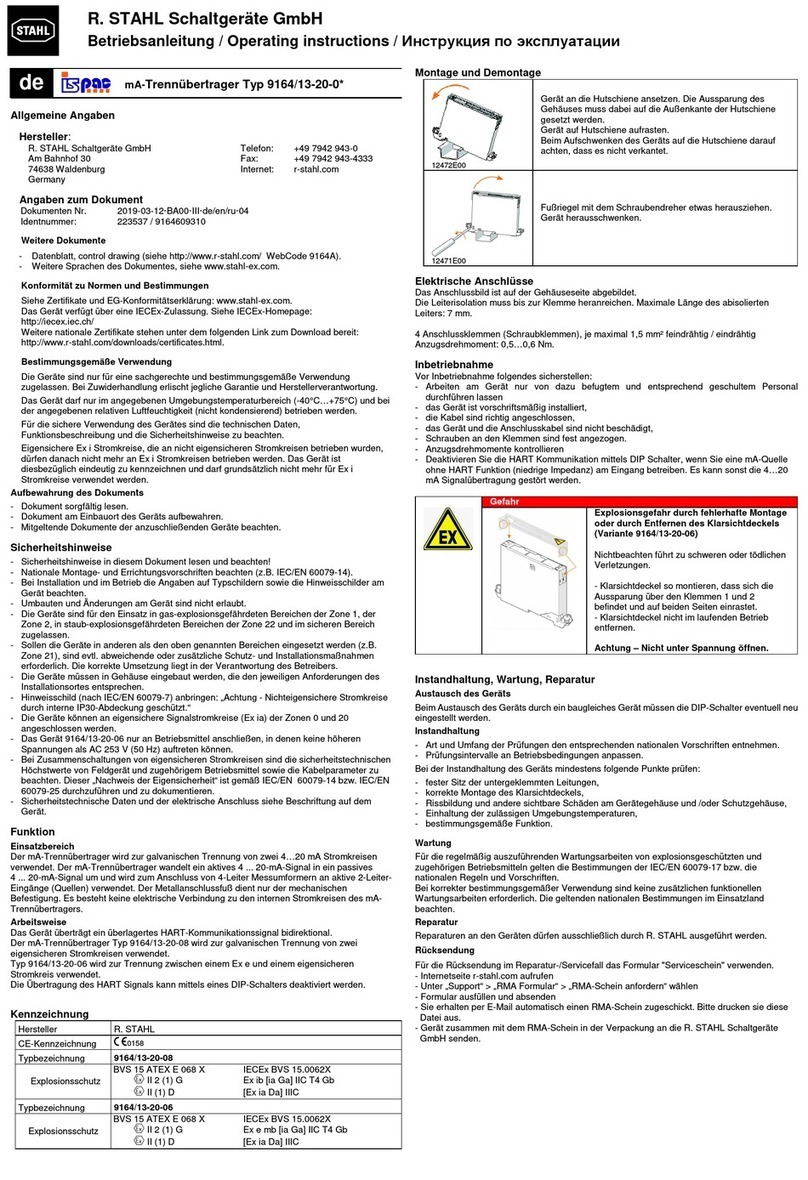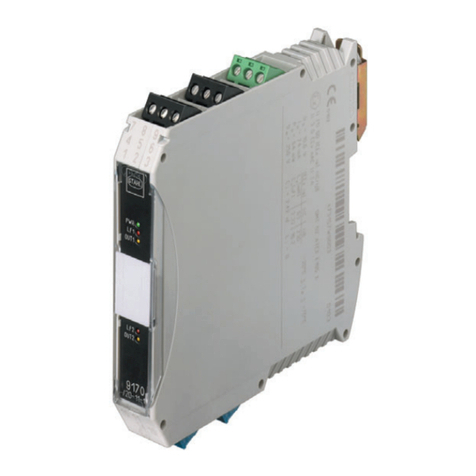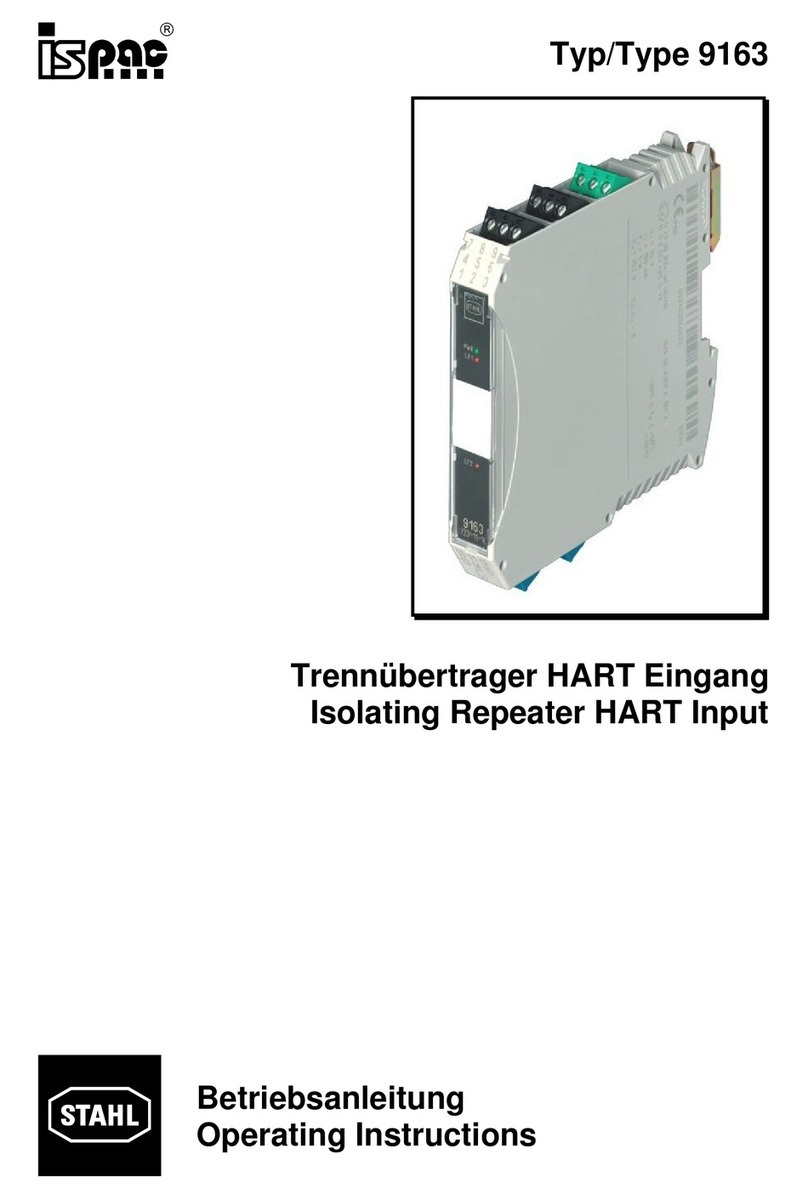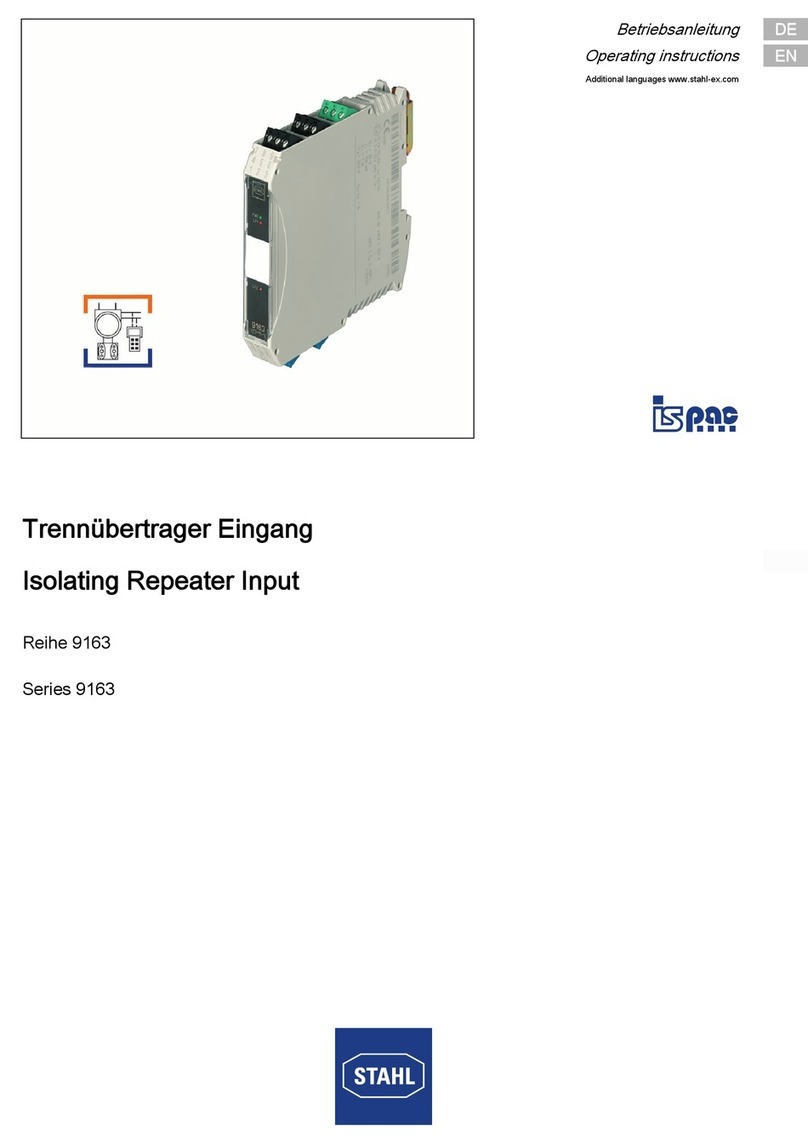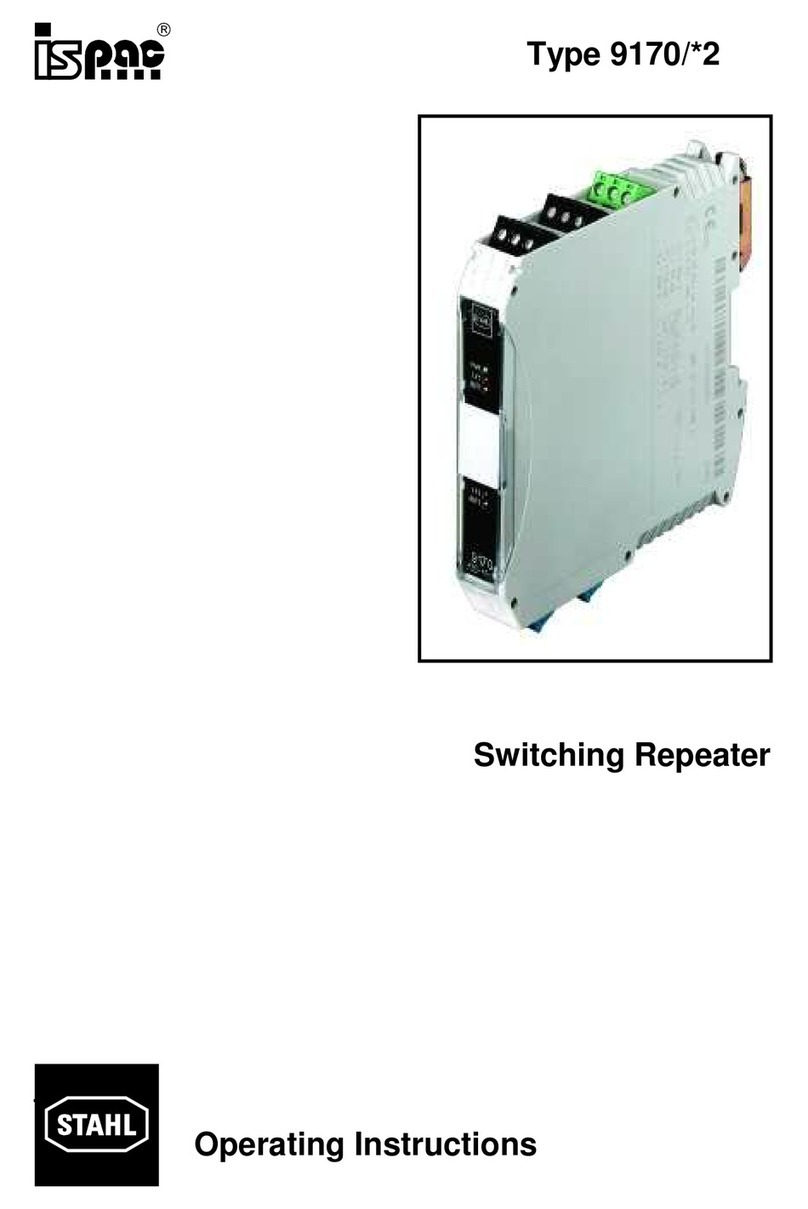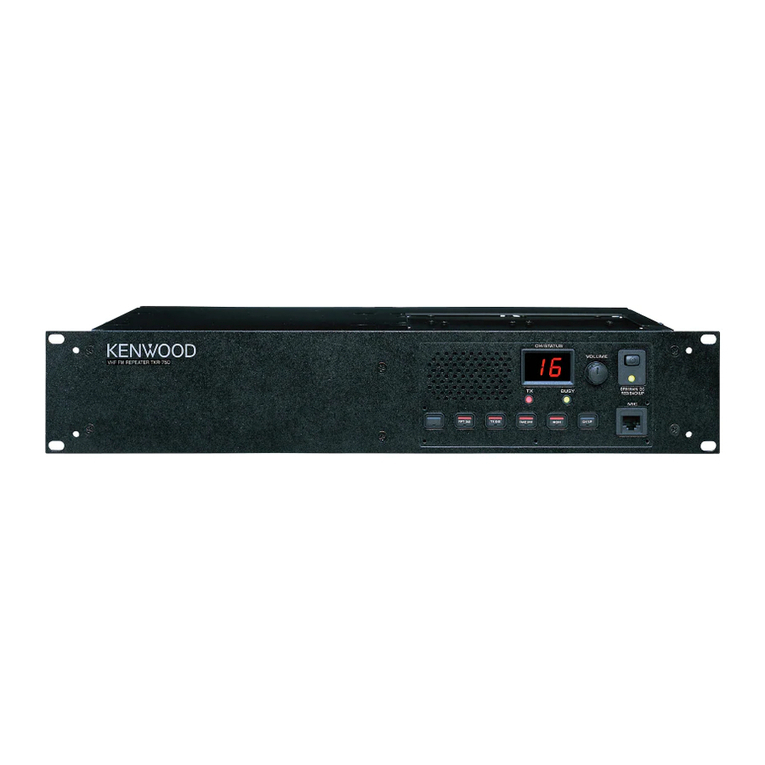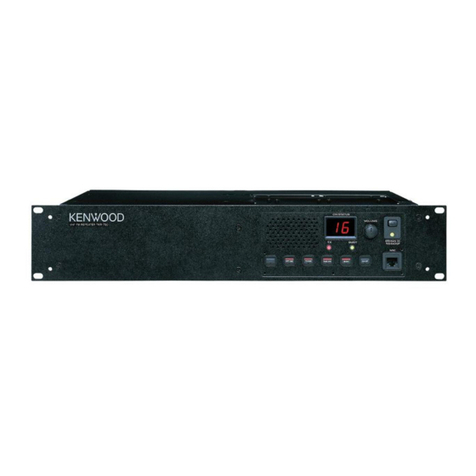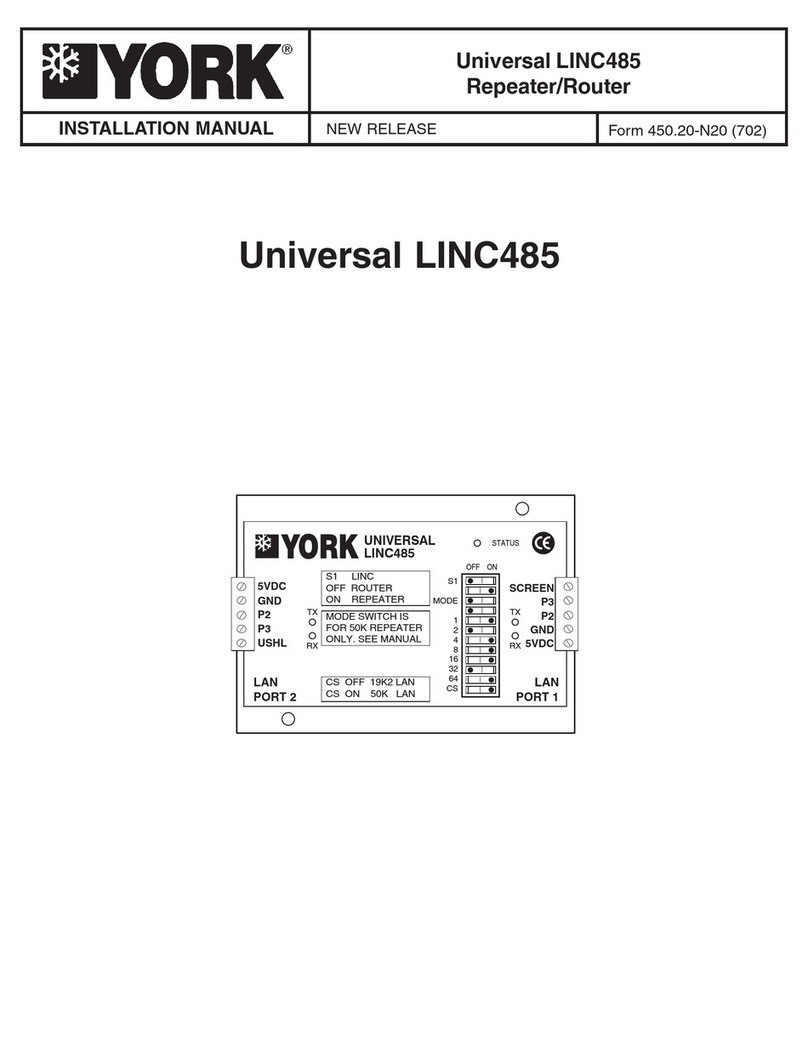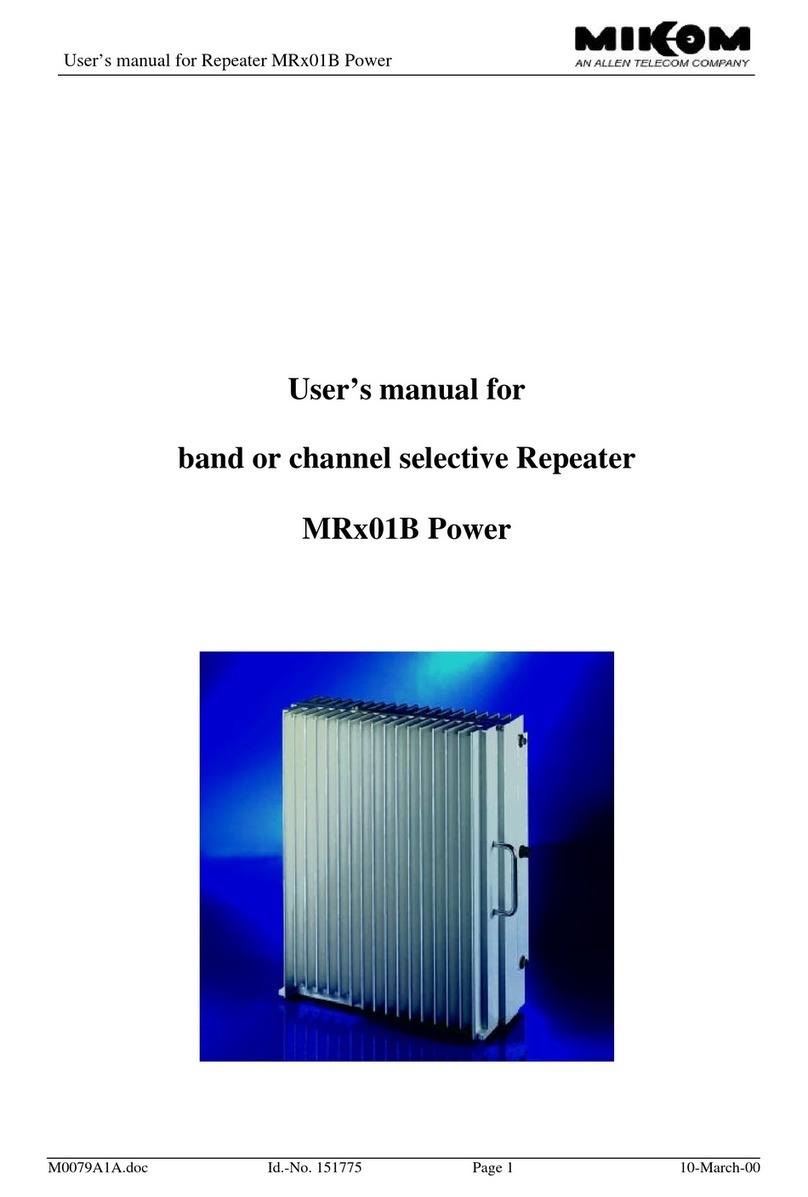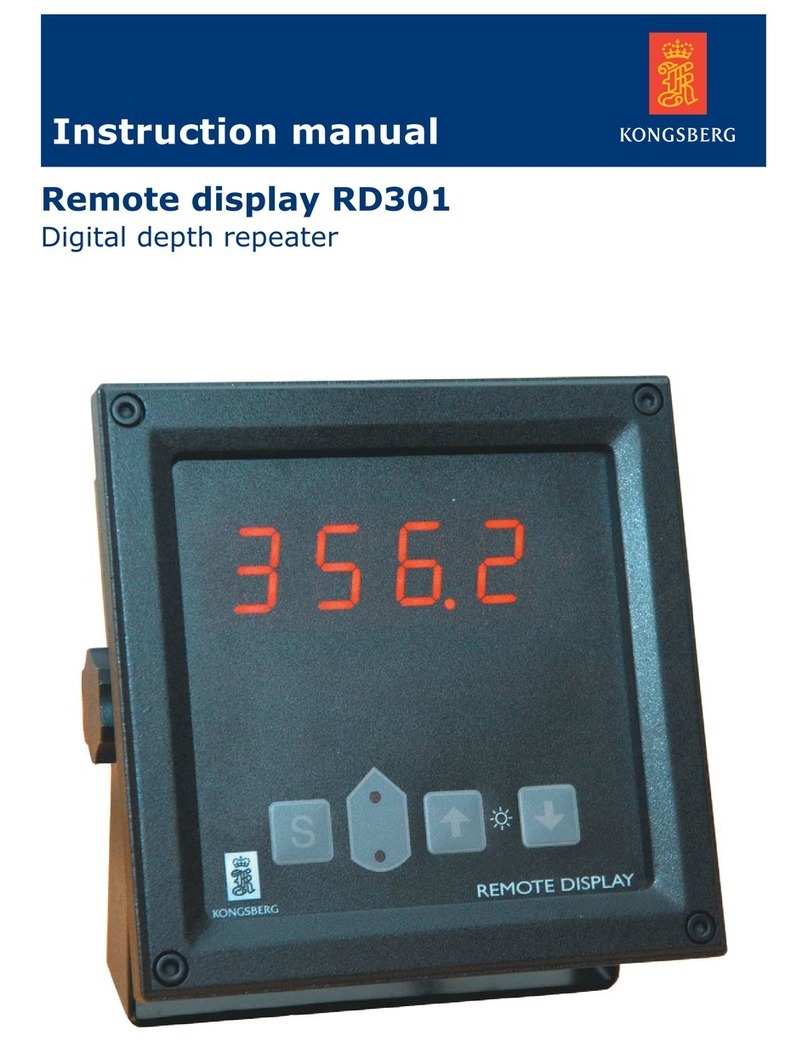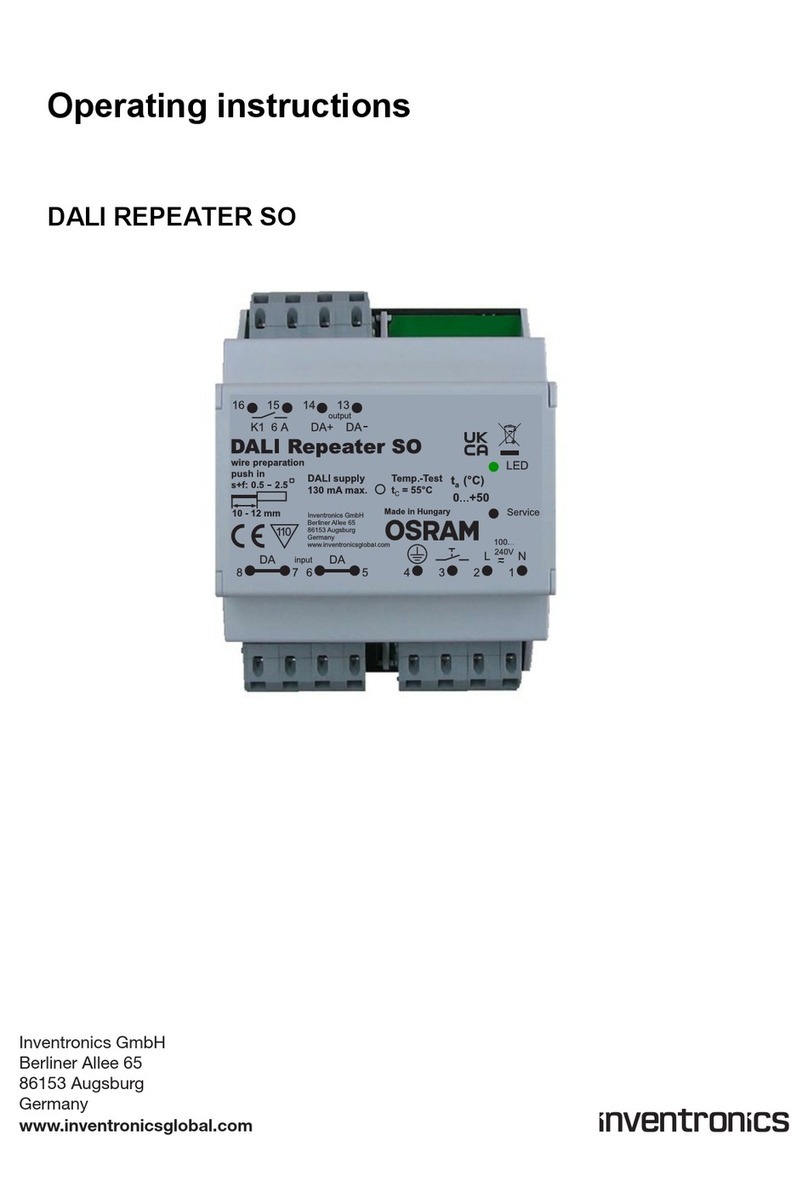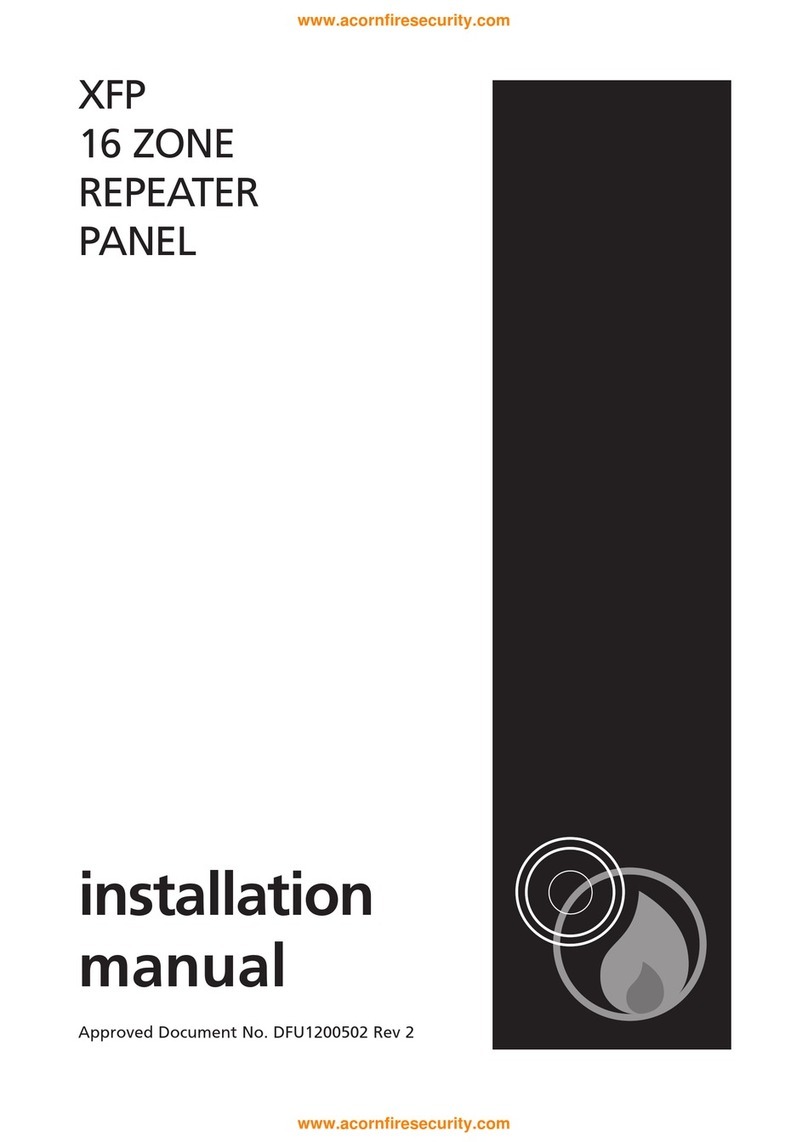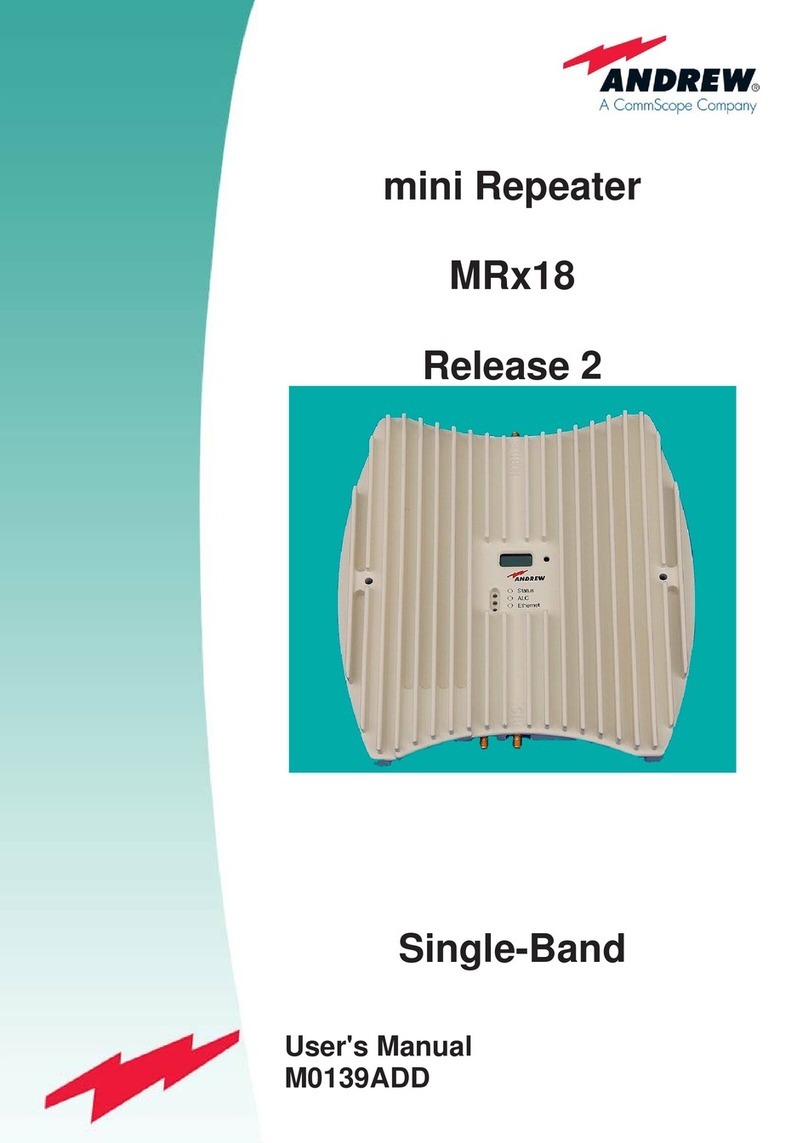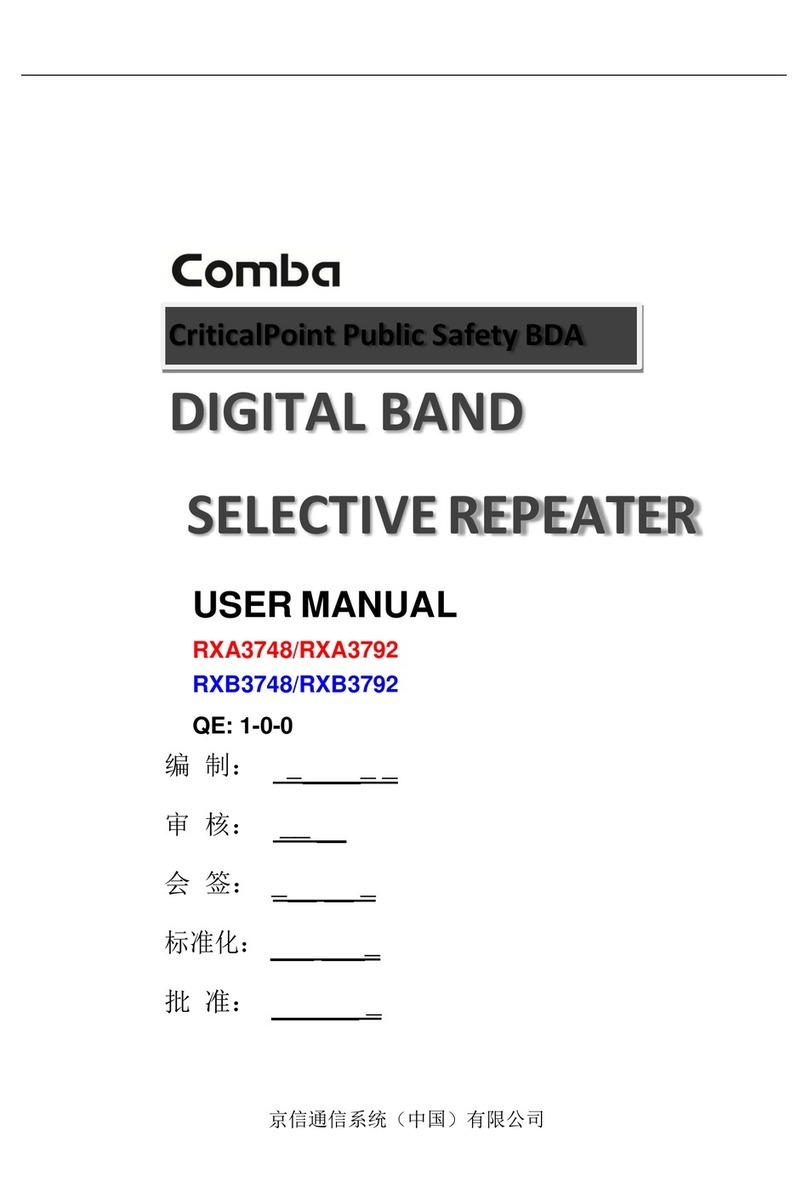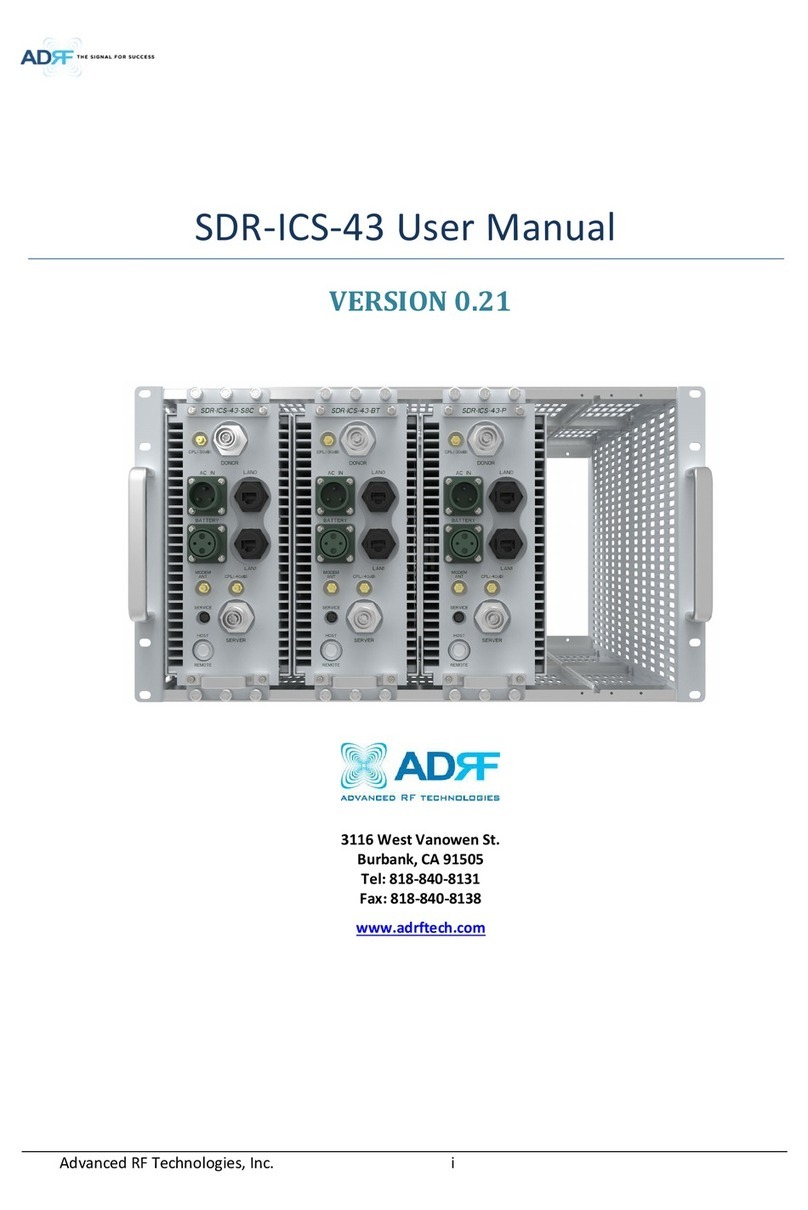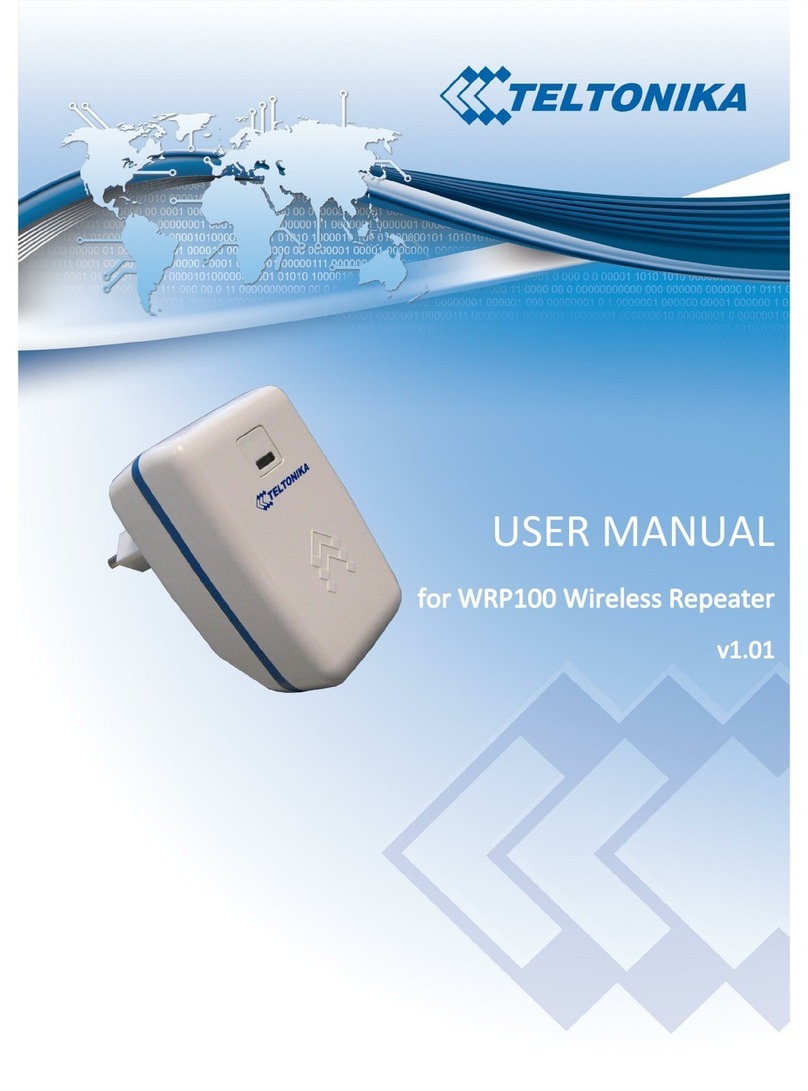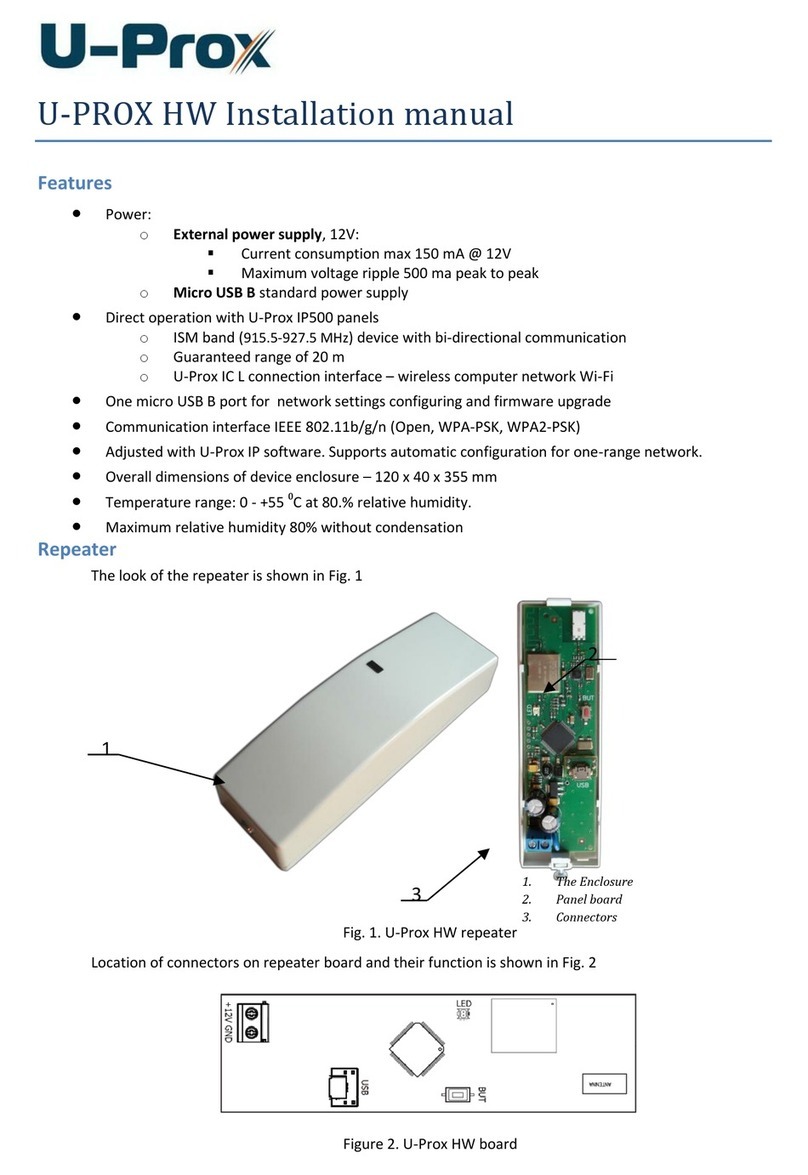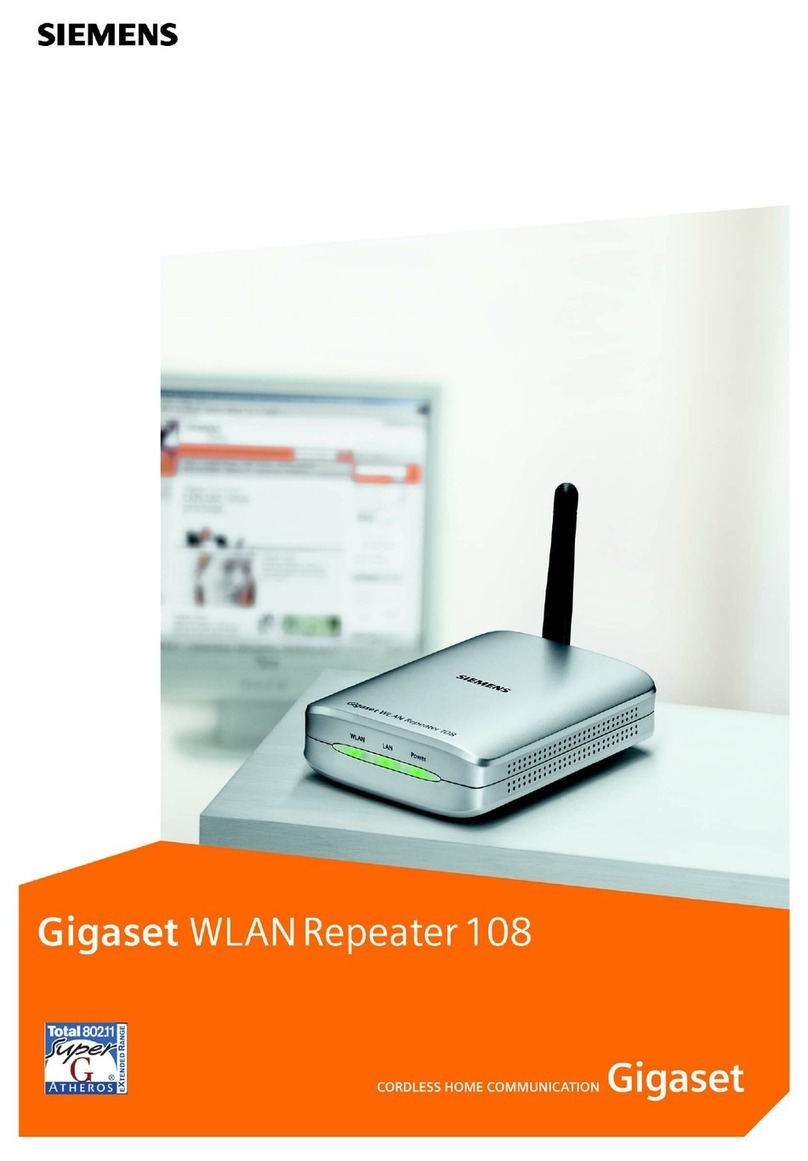2
Inhaltsverzeichnis
1Sicherheitshinweise .................................................................................................... 3
2Normenkonformität...................................................................................................... 3
3Funktion...................................................................................................................... 4
4Kennzeichnung und technische Daten ........................................................................ 4
5Projektierung............................................................................................................... 5
5.1 Maximal zulässige Umgebungstemperaturen....................................................... 5
5.2 Verlustleistung ..................................................................................................... 6
5.3 Projektierung der Verlustleistung in Schaltschränken........................................... 6
6Anordnung und Montage............................................................................................. 7
6.1 Maßzeichnung ..................................................................................................... 7
6.2 Installation............................................................................................................ 7
6.3 Montage und Demontage..................................................................................... 7
7Inbetriebnahme........................................................................................................... 8
7.1 Anschlüsse .......................................................................................................... 8
7.2 Projektierung........................................................................................................ 9
7.3 Einstellungen ....................................................................................................... 9
8Betrieb und Betriebszustände ..................................................................................... 9
9Reparatur und Instandhaltung................................................................................... 10
10 Zubehör und Ersatzteile......................................................................................... 10
Content
1Safety instructions..................................................................................................... 11
2Conformity to standards ............................................................................................ 11
3Function.................................................................................................................... 12
4Marking and technical data ....................................................................................... 12
5Engineering............................................................................................................... 13
5.1 Max. ambient temperatures................................................................................ 13
5.2 Power dissipation............................................................................................... 13
5.3 Engineering of the power dissipation in cabinets................................................ 14
6Arrangement and fitting............................................................................................. 15
6.1 Dimensions........................................................................................................ 15
6.2 Installation.......................................................................................................... 15
6.3 Mounting and dismounting ................................................................................. 15
7Commissioning ......................................................................................................... 16
7.1 Connections....................................................................................................... 16
7.2 Engineering........................................................................................................ 17
7.3 Settings.............................................................................................................. 17
8Operation and operational states .............................................................................. 17
9Maintenance and repair ............................................................................................ 18
10 Accessories and spare parts.................................................................................. 18
EG-Konformitätserklärung / EC-Declaration of Conformity ............................................... 19
